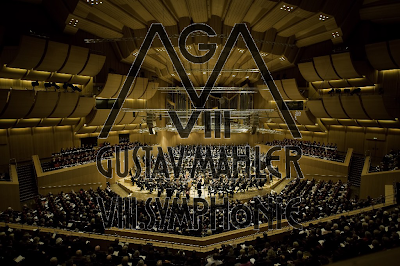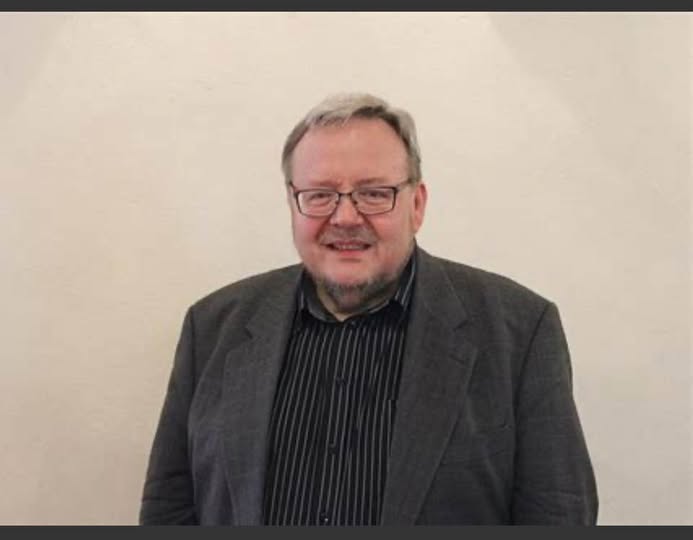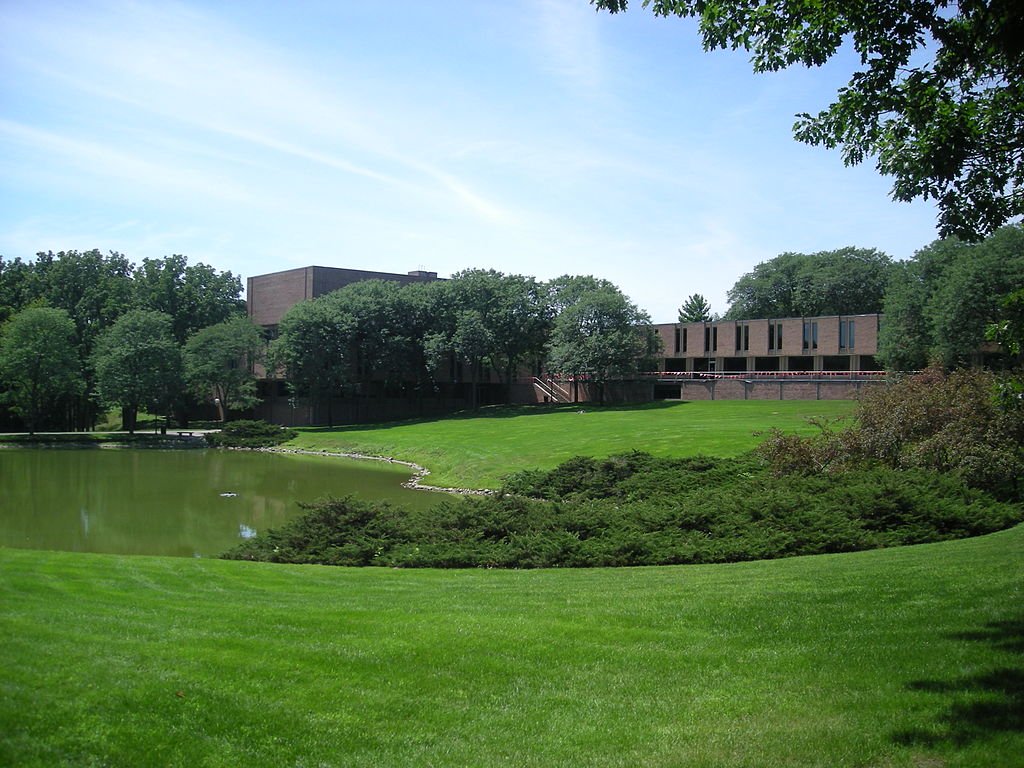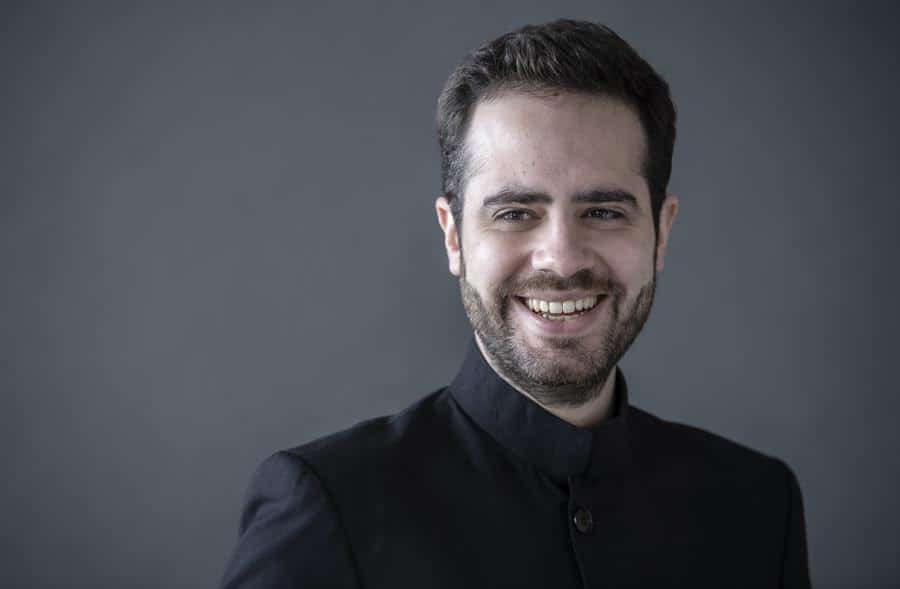My Mahler Eighth is bigger than yours
mainOver the past year, there have been more performances of Mahler’s Symphony of a Thousand than at any time since its premiere in September 1910 including – would you believe? – a national premiere in Vietnam.
There was even an attempt to revive the original venue in Munich, now an International Exhbition Centre, but here as is most other outcomes, compromises were made, dreams abandoned and the symphony was scaled down to manageable dimensions. In Munich there were reportedly just 400 performers.

Nothing wrong with that. One of the finest accounts I heard was Andris Nelsons in Birmingham, with 650. Here’s some video.
Gustavo Dudamel, however, does not think small is necessarily beautiful. The Mahler Eighth announced for Los Angeles next February will have well over 1,000 performers and will play in The Shrine, home to the Oscars and the Emmys, a venue that seats 6,500.
It is also surely the first performance of Mahler Eighth to feature a Gay Men’s Chorus. Way to go, Gustavo!

Press release follows.

GUSTAVO DUDAMEL LEADS THE COMBINED FORCES OF
THE LOS ANGELES PHILHARMONIC AND THE SIMÓN BOLÍVAR SYMPHONY ORCHESTRA OF VENEZUELA IN MAHLER’S “SYMPHONY OF A THOUSAND” AT THE SHRINE AUDITORIUM
Los Angeles Master Chorale, Los Angeles Chidren’s Chorus, Pacific Chorale and Community Choruses Join the LA Phil and SBSOV
SATURDAY, FEBRUARY 4, 2012 AT 8:00 PM
TICKETS ON SALE SUNDAY AUGUST 21, 2011
WHAT: Gustavo Dudamel will lead the combined forces of the Los Angeles Philharmonic and the Simón Bolívar Symphony Orchestra of Venezuela – joined by the Los Angeles Master Chorale, Los Angeles Children’s Chorus and community choruses – in a performance of Mahler’s Symphony No. 8, known as the “Symphony of a Thousand,” at the historic Shrine Auditorium for a spectacular performance with over 1000 musicians and singers. A roster of vocal soloists will also take part.
This performance is part of the LA Phil’s Mahler Project, in which Dudamel leads Mahler’s nine completed symphonies with the LA Phil and the Simón Bolívar Symphony Orchestra of Venezuela in the U.S. and Caracas. The LA Phil will perform Symphonies 1, 4, 6 and 9 (as well as the Adagio from Symphony No. 10), and the Simón Bolívar Symphony Orchestra of Venezuela will perform Symphonies 2, 3, 5 and 7. In addition to these symphonic performances at Walt Disney Concert Hall, the Mahler Project will also feature the Simón Bolívar Symphony Orchestra of Venezuela on the Symphonies for Youth Concert Series, and will bring members of the Simon Bolivar Symphony Orchestra of Venezuela together with LA Phil musicians to perform on the chamber music series. Throughout the Mahler Project the Simón Bolívar Symphony Orchestra of Venezuela will also engage in community and education events. Members of SBSOV will lead rehearsals and master classes at YOLA, Dudamel’s signature education program, provide workshops and educational opportunities for LA Phil partner schools, and perform concerts in local communities and schools. International Mahler scholars will host Upbeat Live, the LA Phil’s pre-concert talks, throughout the cycle. Following the performances in Los Angeles, the Los Angeles Philharmonic will embark on a nine-day tour to Caracas performing the symphonic cycle with the Simon Bolivar Symphony Orchestra of Venezuela.
For more information and complete schedule, please visit: LAPhil.com.
WHO: Los Angeles Philharmonic
Simón Bolívar Symphony Orchestra of Venezuela
Gustavo Dudamel, conductor
TBD, soloists
Los Angeles Master Chorale, Grant Gershon, Music Director
Los Angeles Children’s Chorus, Anne Tomlinson, Artistic Director
Pacific Chorale, John Alexander, Artistic Director
Angel City Chorale, Sue Fink, Artistic Sirector
Angeles Chorale, John Sutton, Artistic Director and Conductor
Choir of All Saints Church, Pasadena, James Walker, Director of Music
Chorus of the Inner City Youth Orchestra of Los Angeles, Charles Dickerson, Music Director and Conductor
Gay Men’s Chorus of Los Angeles
Los Angeles Chamber Choir, Chung Uk Lee, Music Director
Los Robles Master, Lesley Leighton, Artistic Director
Pasadena Pro Musica, Stephen Grimm , Director
Pasadena Master Chorale, Jeffrey Bernstein, artistic director
Philippine Chamber Singers – Los Angeles, Anthony Angelo Francisco, Artistic Director and Conductor
Vox Femina Los Angeles, Iris S. Levine, Artistic Director
National Children’s Chorus, Luke McEndarfer, Artistic Director
WHEN: Saturday, February 4, 2012 at 8 p.m.





Comments